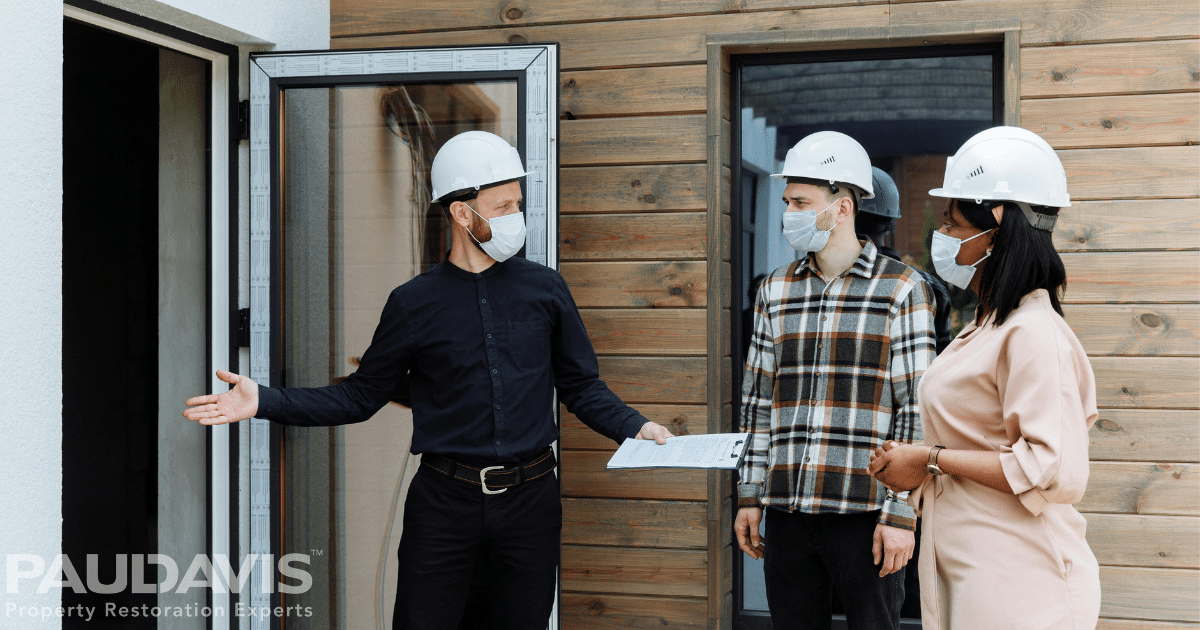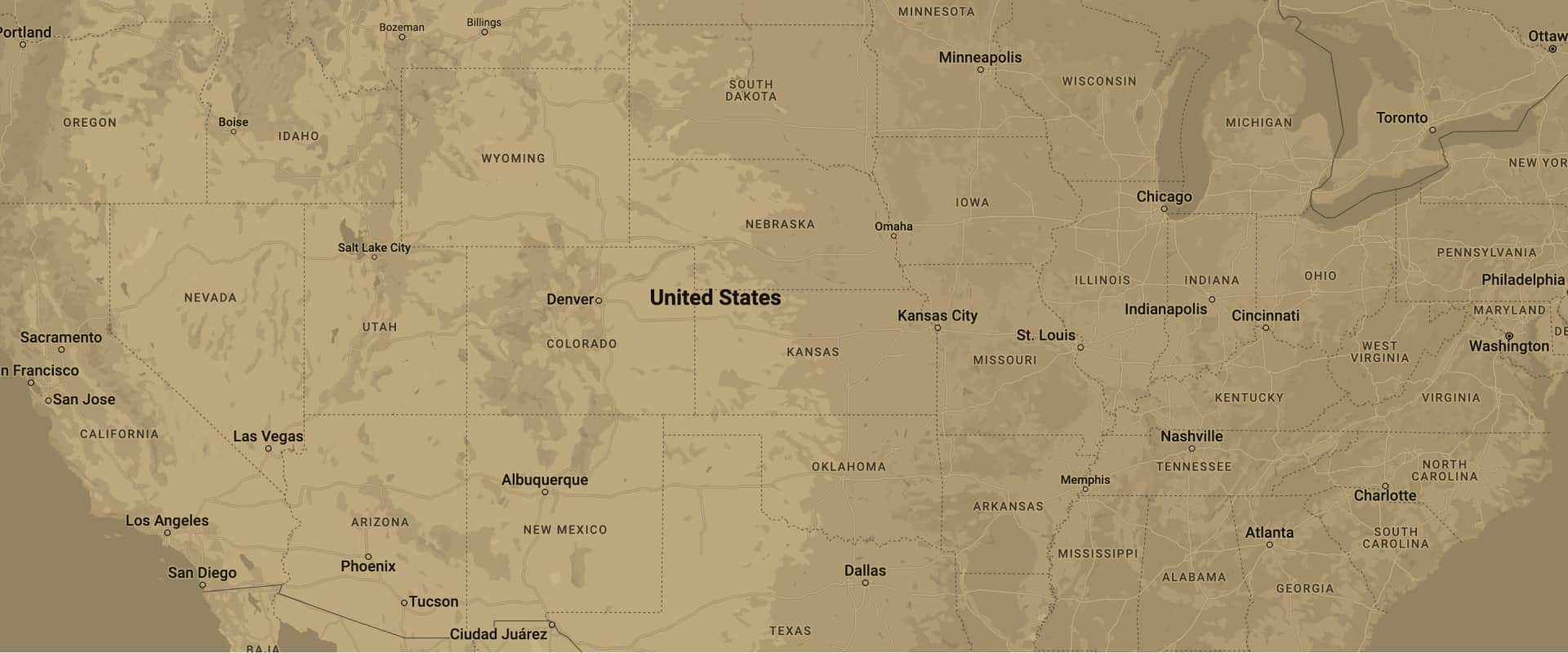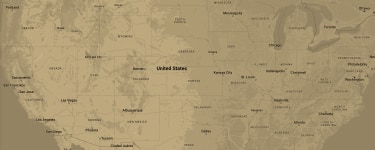
When the temperature outside plummets, our homes shield us from the elements. Many essential house components endure plunging thermometers without blinking and without much help from us, save for routine maintenance: roofs, siding, doors. But savvy homeowners realize that some systems demand assistance on very cold days: water supply pipes are one of those “needier” home systems.
“Water supply pipes – this won’t surprise anyone – are filled with water 24/7,” says Caleb Brunz, President, Paul Davis of Greater St. Paul and Minneapolis. “Water expands when it freezes. If it doesn’t have an outlet when frozen – and often it does not because valves at both ends are closed unless we are actively running the water – bursting occurs.”
Burst pipes are not only expensive to repair but they can also cause extensive water damage, especially if homeowners aren’t immediately aware of the break. Further, the home’s water must be turned off until repairs are made, causing serious disruption to residents.
It’s prudent to prevent these avoidable calamities when it’s very cold outside by taking the following precautions.
- Identify vulnerable piping: Start in your basement and move upwards. Piping that is at risk for bursting is located on the perimeter of the house or near windows.
- Run the water if it’s very cold outdoors: Turning faucets on to a trickle keeps water moving through the pipes. Still water freezes faster.
- Check for cold air leaks: Are your pipes in a particularly frosty part of the home? Check for cold air leaks and seal them.
- Funnel warm air toward pipes: Leave room doors – or cabinet doors, if pipes are enclosed – open to allow warmer air to circulate near vulnerable pipes.
- Winterproof outside faucets: Remove hoses, drain outdoor faucets and shut them off from inside if possible. If that’s not possible, turn faucets on to a trickle when temperatures plunge.
- Consider heat tape: Easily found in big box home materials stores, heat tape – not really tape but a flexible low-wattage electrical cable – is an inexpensive DIY project that keeps pipe temperatures from dropping below freezing.
For best prevention, ask a plumber to evaluate your home’s risk for pipe bursts because, surprisingly, pipe bursts aren’t just a winter phenomenon. They occur in warmer months, too. Lack of maintenance, rusting, clogs, age, higher seasonal water demand – many factors can contribute to the surge in pipe bursts that keep plumbers busy during the season’s hottest months of July, August and September.
For the winter, however, work through the tips above and be alert for stretches of frigid, below-freezing temperatures. “We see most pipe bursts occurring if temperatures drop below 20 degrees Fahrenheit for six hours or more,” says Brunz. “We’re on call 24/7/365 to help you if burst pipes damage your home. But we – and you – prefer to avoid the damage in the first place through smart precautions!”











